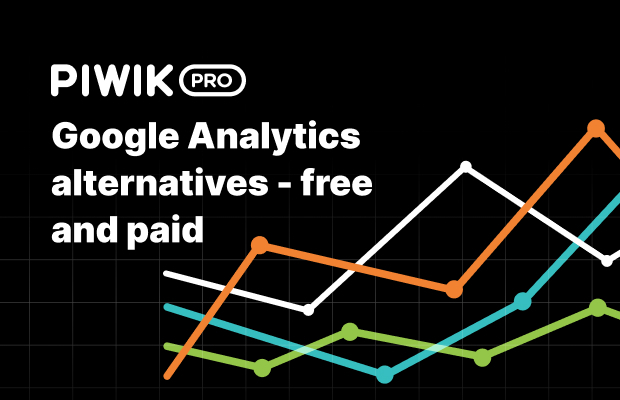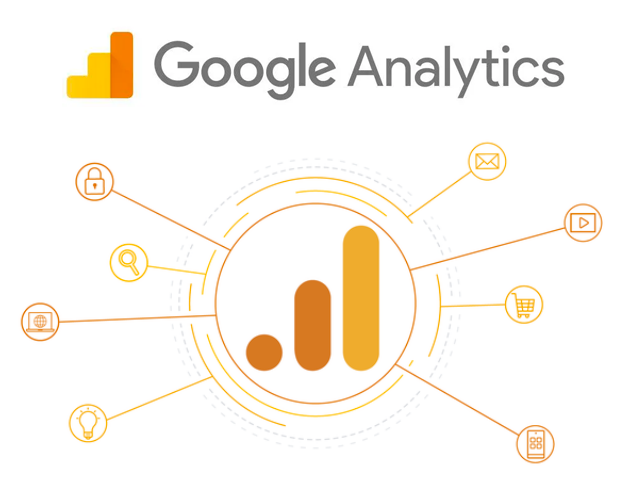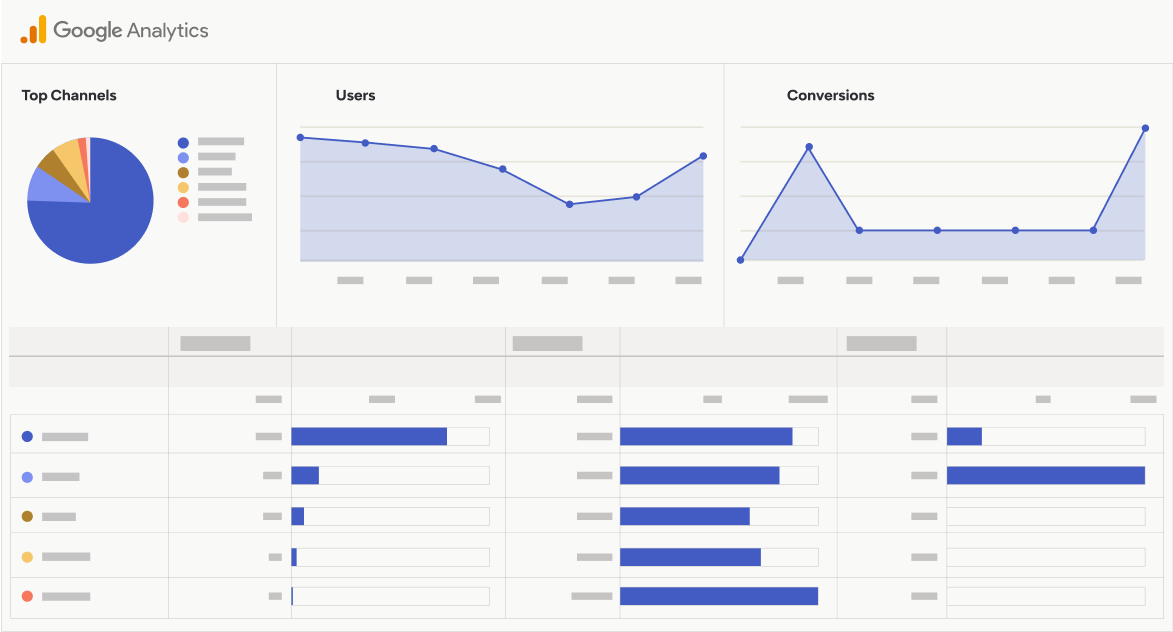Master Web Site Insights With Accurate Google Analytics Tracking Code
The reliable usage of Google Analytics pivots on the exact implementation of its monitoring code, an essential step commonly neglected by internet site owners. What are the usual mistakes that could threaten your tracking efforts, and just how can you guarantee precision in your method?
Recognizing Google Analytics Basics
Google Analytics is a crucial tool for internet site owners and marketing experts, offering invaluable insights right into customer behavior and web site efficiency. At its core, Google Analytics accumulates data regarding site visitors to an internet site, allowing individuals to examine metrics such as web traffic resources, user engagement, and conversion prices. Understanding these fundamentals is crucial for optimizing a site's performance and improving customer experience.
The system uses cookies to track interactions, recording data such as web page sights, session periods, and bounce rates. This information is accumulated and presented via personalized control panels, enabling individuals to imagine patterns gradually. Key performance indicators (KPIs) can be kept an eye on, such as the complete number of individuals, new versus returning visitors, and the geographical distribution of the audience.
Furthermore, Google Analytics provides division attributes, allowing customers to isolate details web traffic sources or customer demographics for even more targeted evaluation. By mastering these fundamental elements, website proprietors can make educated choices regarding web content method, marketing projects, and general site improvements. Eventually, understanding Google Analytics basics is essential for leveraging data to drive development and achieve organization goals efficiently.
Establishing Up Your Monitoring Code

Copy the provided monitoring code and paste it into the HTML of your website. This ensures that the monitoring code loads before any kind of various other material, permitting it to capture information precisely.
After setup, validate that the monitoring code is operating appropriately by utilizing Google Tag Aide or the Real-Time reports in Google Analytics - when does the google analytics tracking code send an event hit to analytics?. This action is vital to verify that your data collection is precise and energetic, setting the structure for insightful analysis
Usual Tracking Code Issues
Several site proprietors come across common problems with their Google Analytics tracking code that can prevent data collection and evaluation. One prevalent problem is inappropriate setup. This might occur when the monitoring code is placed in the wrong section of the site's HTML, commonly leading to incomplete or absent information. Additionally, having several circumstances of the monitoring code on a single page can result in inflated metrics, as customer communications could be counted greater than once.
An additional issue develops from the use of ad blockers, which can stop the tracking code from performing entirely, hence skewing data. when does the google analytics tracking code send an event hit to analytics?. Furthermore, failure to configure filters appropriately can result in the exclusion of vital traffic resources or the addition of unwanted recommendation spam, misshaping the information gathered
Website proprietors More Info may additionally ignore the importance of monitoring code updates, specifically when moving to Google Analytics 4 (GA4) from Universal Analytics. Lastly, not enough testing before introducing modifications can cause undiscovered mistakes in the monitoring code, additionally complicating information my explanation reliability. Dealing with these common issues is critical for making certain exact monitoring and informative analytics.
Studying Internet Site Data Efficiently
Precise information collection is just the initial step in leveraging Google Analytics; the real worth exists in efficiently assessing that data to drive enlightened decision-making. To accomplish this, it is necessary to recognize vital performance indicators (KPIs) that align with your service objectives. Concentrate on metrics such as conversion prices, user interaction, and traffic sources, as these will certainly give insights into individual behavior and the general effectiveness of your web site.
Making Use Of Google Analytics' segmentation functions enables a much deeper understanding of your target market. By damaging down information into certain demographics, habits, and traffic networks, you can discover patterns and patterns that inform targeted methods. Implementing custom records and dashboards can streamline this process, allowing fast accessibility to significant information.
In addition, on a regular basis assessing data fads in time aids to determine anomalies and possibilities for renovation. Make use of visualization devices to existing data in a conveniently digestible format, facilitating extra effective interaction with stakeholders. Inevitably, the ability to analyze site data efficiently empowers services to make strategic choices that enhance customer experience, maximize advertising and marketing initiatives, and drive development.

Finest Practices for Accurate Monitoring
Implementing efficient tracking techniques is essential for obtaining reliable information in Google Analytics. To guarantee accurate tracking, begin by correctly mounting the Google Analytics tracking code on every page of your site. This can be accomplished with a tag supervisor or by directly installing the code right into the HTML.
Next, configure your Google Analytics account to leave out inner traffic. This can be done by setting up filters that identify and get rid of sees from your organization's IP address, consequently preventing manipulated data. Additionally, use event tracking to keep an eye on details user communications, such as downloads or video clip plays, which common web page views might neglect.
Routinely investigate your monitoring configuration to verify that all features, such as objectives and ecommerce tracking, are functioning appropriately. Develop a consistent identifying convention for your campaigns and occasions to assist in much easier coverage and evaluation.
Lastly, consider leveraging UTM parameters for projects to Recommended Reading acquire insights right into the efficiency of various advertising and marketing efforts. By complying with these ideal methods, you can improve the precision of your data collection and evaluation, ultimately resulting in more informed decision-making for your website.
Verdict
Exact execution of the Google Analytics tracking code is important for mastering internet site insights. By making sure the tracking code is properly placed and consistently audited, site proprietors can catch crucial customer communication data, therefore assisting in the recognition of crucial efficiency indicators. Reliable analysis of this information, combined with adherence to finest techniques, enables educated decision-making and the optimization of online techniques. Inevitably, a robust monitoring structure enhances the capacity to drive engagement and enhance overall site performance.

Insufficient testing before releasing changes can result in unnoticed errors in the monitoring code, further making complex data dependability.Executing efficient tracking methods is vital for acquiring dependable data in Google Analytics. By guaranteeing the monitoring code is properly positioned and on a regular basis investigated, internet site owners can record essential user communication data, thus assisting in the identification of essential efficiency indications.